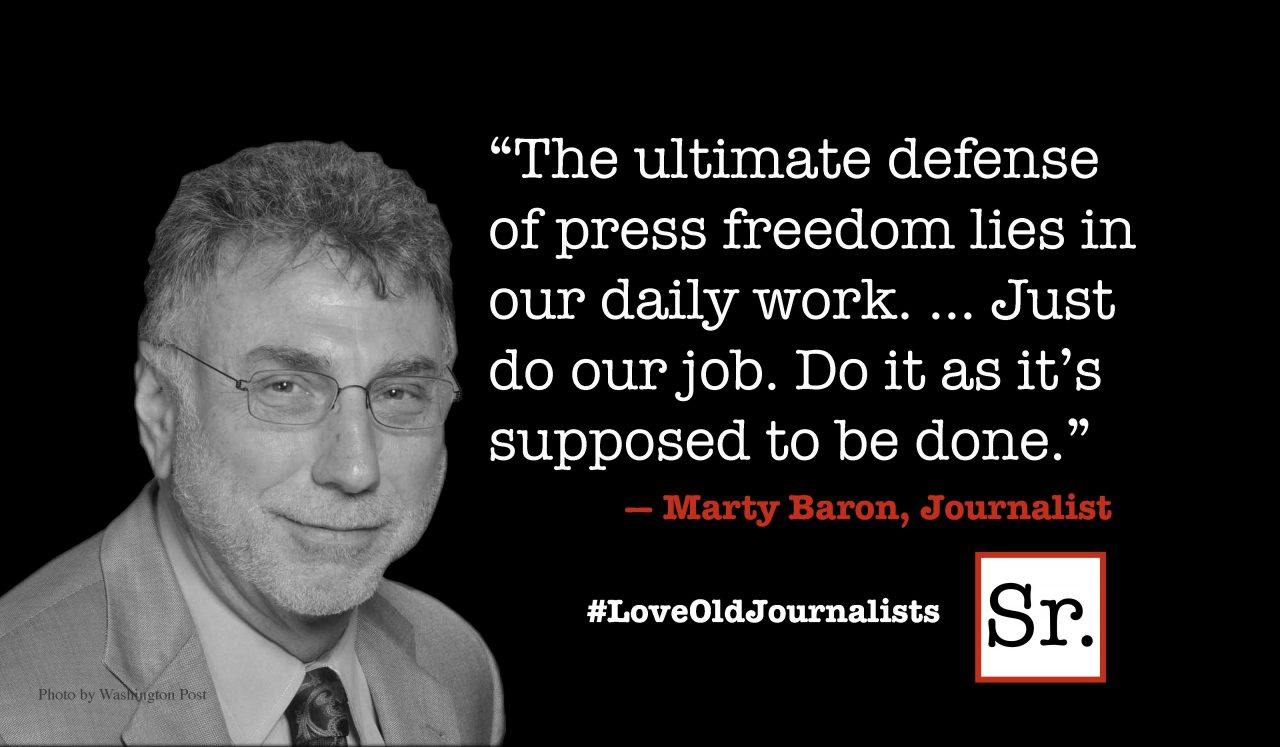Q. I've been told I should exercise more, but I¹m afraid that at my age (73) I might damage something. Am I safer as a couch potato?
All the current scientific evidence shows that geezers should exercise, even though many older people think it could harm them. Study after study demonstrates that seniors hurt their health a lot more by being sedentary.
If you're inactive, you deteriorate. Physical activity can help restore your capacity. Most older adults, regardless of age or condition, will benefit from increasing physical activity to a moderate level.
Warning: If you want to begin a new exercise program, you should consult your physician and request a list of exercises that are best for your age and physical condition.
Four types of exercise are important for your health. These are exercises for strength, balance, stretching and endurance.
Strength exercises build muscle and raise your metabolism. Doing these exercises will help to keep your weight down.
Balance exercises help prevent falls and, therefore, will keep you from breaking yourself and losing your independence. Each year, U.S. hospitals have 300,000 admissions for broken hips; many of them are the result of falls.
Stretching exercises give you more freedom of movement. And endurance exercises raise your pulse and breathing.
Here are 10 tips to make any exercise program safe:
1.) Don't hold your breath during strength exercises. This could affect your blood pressure.
2.) When lifting weights, use smooth, steady movements. Breathe out as you lift or push a weight, and breathe in as you relax.
3.) Avoid jerking or thrusting movements.
4.) Avoid locking the joints of your arms and legs into a strained position.
5.) Some soreness and slight fatigue are normal after muscle-building exercises. Exhaustion, sore joints, and painful muscle pulls are not normal.
6.) Always warm up before stretching exercises.
7.) Stretching should never cause pain, especially joint pain.
8.) Never bounce into a stretch; make slow steady movements instead.
9.) To prevent injuries, use safety equipment such as helmets for biking.
10.) You should be able to talk during endurance exercises.
Measuring your progress can motivate you. Test yourself before starting to exercise to get a baseline score. Test and record your scores each month. The following are some tests you can use, if your doctor approves.
For endurance, see how far you can walk in exactly six minutes.
For lower-body strength, time yourself as you walk up a flight of stairs as fast as you can safely.
For upper-body strength, record how much weight you lift and how many times you lift that weight.
For balance, time yourself as you stand on one foot, without support, for as long as possible. Have someone stand near you in case you lose your balance. Repeat the test while standing on the other foot.
Remember, above all, exercise should make you feel better.








